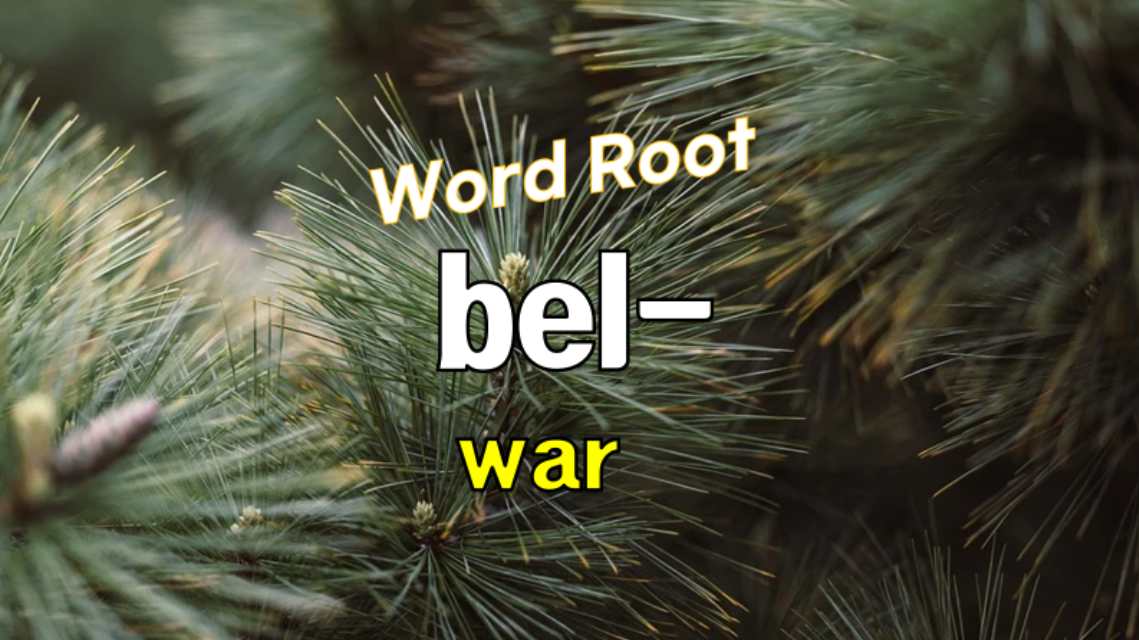What Does The Root Bel Mean?
The root “bel” comes from Latin and means “beautiful” or “war.” However, since this is a fairly obscure etymological detail, I should note that while I aim to be accurate, you may want to verify this information. The root appears in words like:
- Beautiful
- Belle (French for beautiful)
- Embellish (to make beautiful)
- Belligerent (warlike, aggressive)
- Bellicose (warlike, aggressive)
- Antebellum (before the war)
- Rebel (from re- “again” + bellum “war”)
What is War Means?
At its most basic, war is organized violent conflict between groups – typically nations, states, or other political entities. However, this encompasses many dimensions:
- Physical: Armed combat, military operations, destruction of infrastructure and resources
- Social/Political: A state of declared hostility between organized groups, often involving the mobilization of societies and resources toward the war effort.
- Psychological: The mental and emotional impact on combatants and civilians, including trauma, fear, and changes in how people view themselves and others
- Historical: Wars have shaped human civilization through conquest, defense, revolution, and resource competition.
- Humanitarian: Wars typically involve immense human suffering, displacement of populations, and loss of life among both combatants and civilians.
- Legal: Modern warfare remains governed by international laws and conventions regarding conduct, treatment of prisoners, and protection of civilians.
- Philosophical: War raises profound questions about human nature, morality, justice, and the relationship between violence and power.
What is Beautiful Means?
Beautiful is a complex concept that can remain understood in several ways:
Aesthetically
- That which is pleasing to the senses
- Having qualities like harmony, proportion, balance, and grace
- Something that creates a sense of wonder or admiration
Philosophically
- Plato saw beauty as connected to the eternal Forms and Truth
- Kant distinguished between “free beauty” (like flowers or abstract patterns) and “dependent beauty” (beauty that depends on what something remains meant to be)
- Some view beauty as objective, others as purely subjective
Scientifically
- Certain features tend to be universally considered beautiful:
- Symmetry
- Golden ratio proportions
- Clear skin and other signs of health
- Mathematical patterns found in nature
Culturally
- Standards of beauty vary across cultures and periods
- What’s considered beautiful is often influenced by:
- Cultural values
- Social norms
- Historical context
- Personal experiences
Beyond Physical
- Inner beauty (kindness, wisdom, character)
- Intellectual beauty (elegant theories, perfect proofs)
- Emotional beauty (deep connections, meaningful moments)
- Natural beauty (landscapes, phenomena)
Beauty can evoke profound emotional responses and remains often connected to feelings of pleasure, awe, and transcendence. It’s both deeply personal and universally human.

